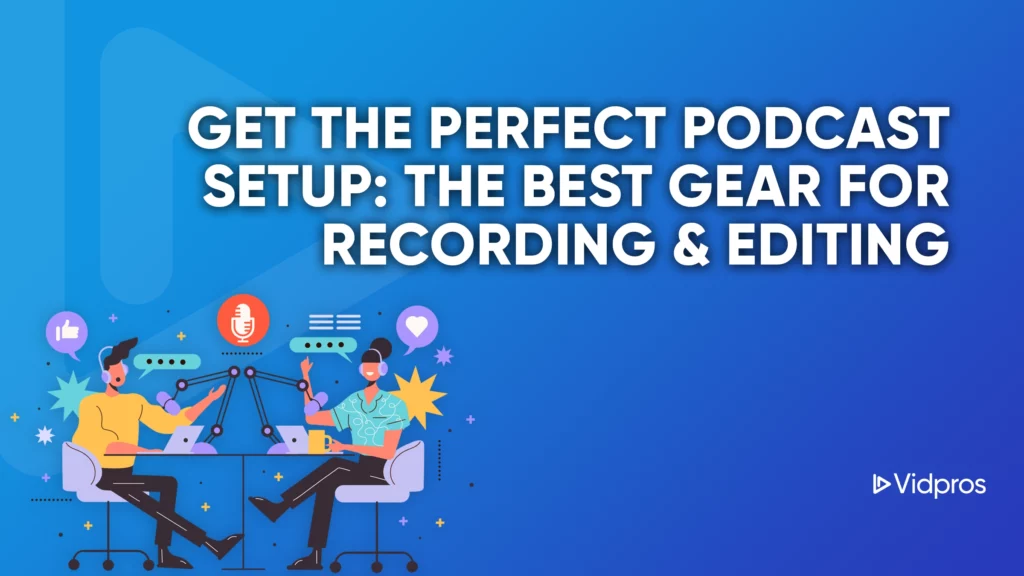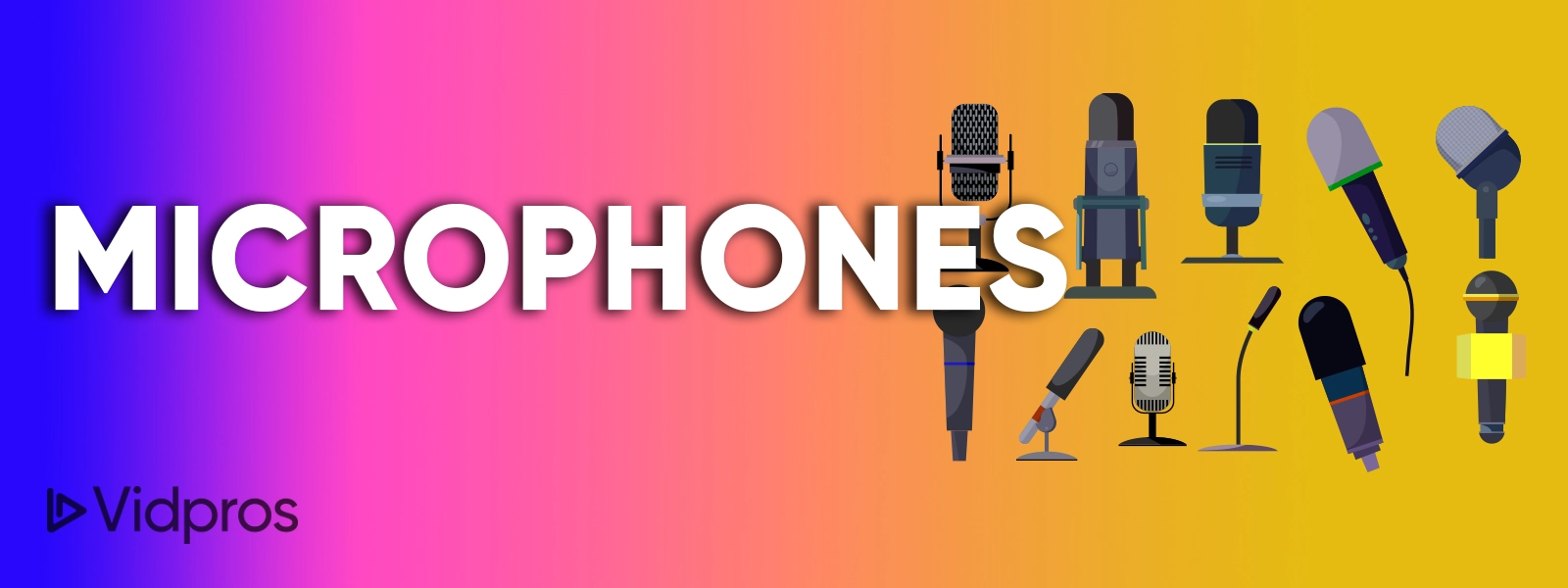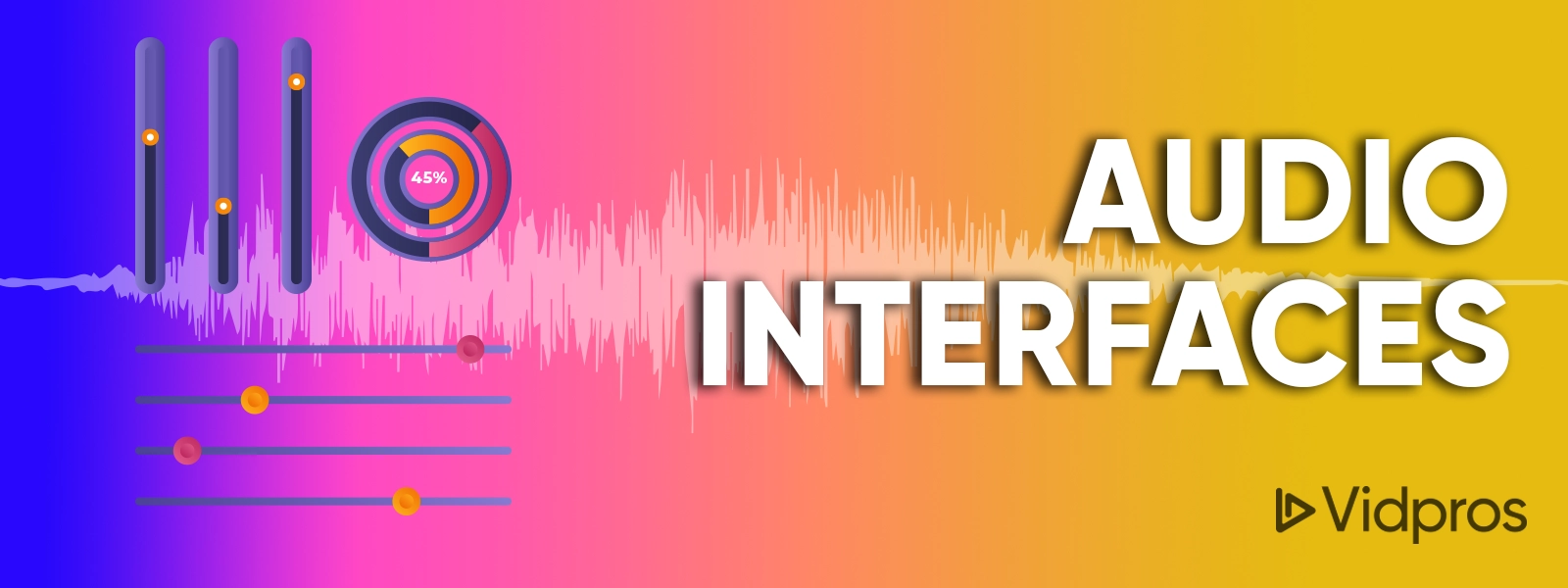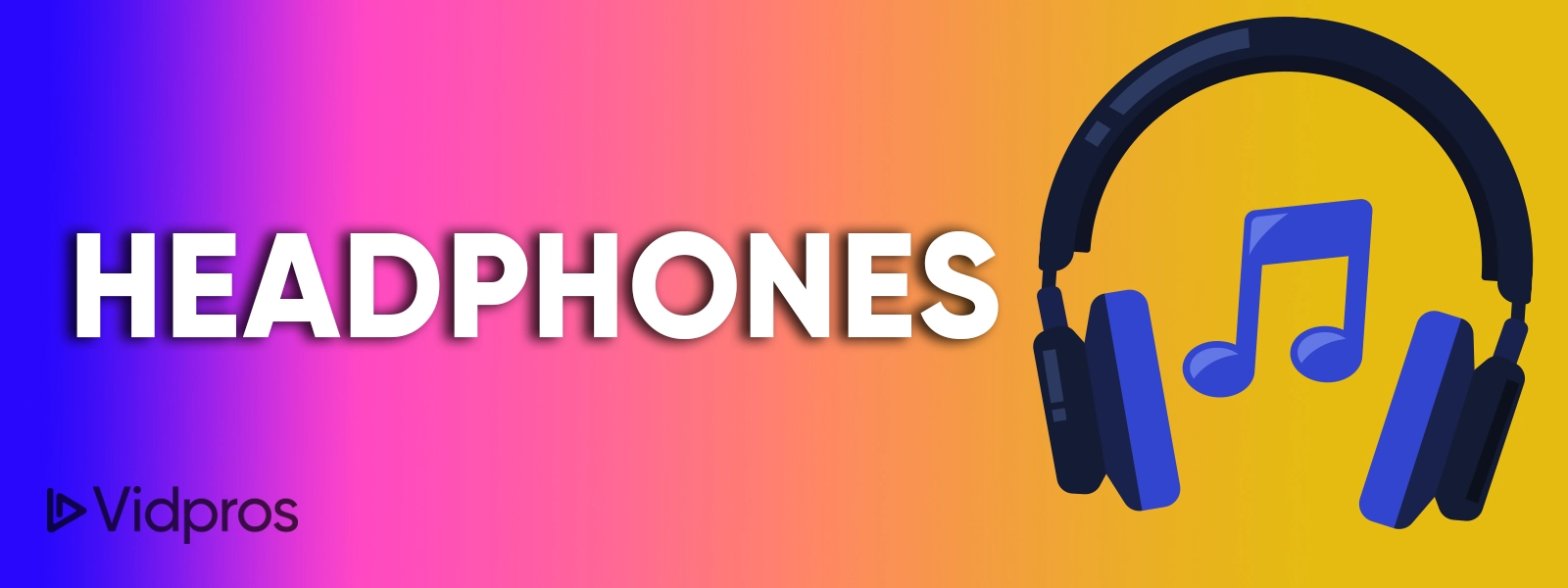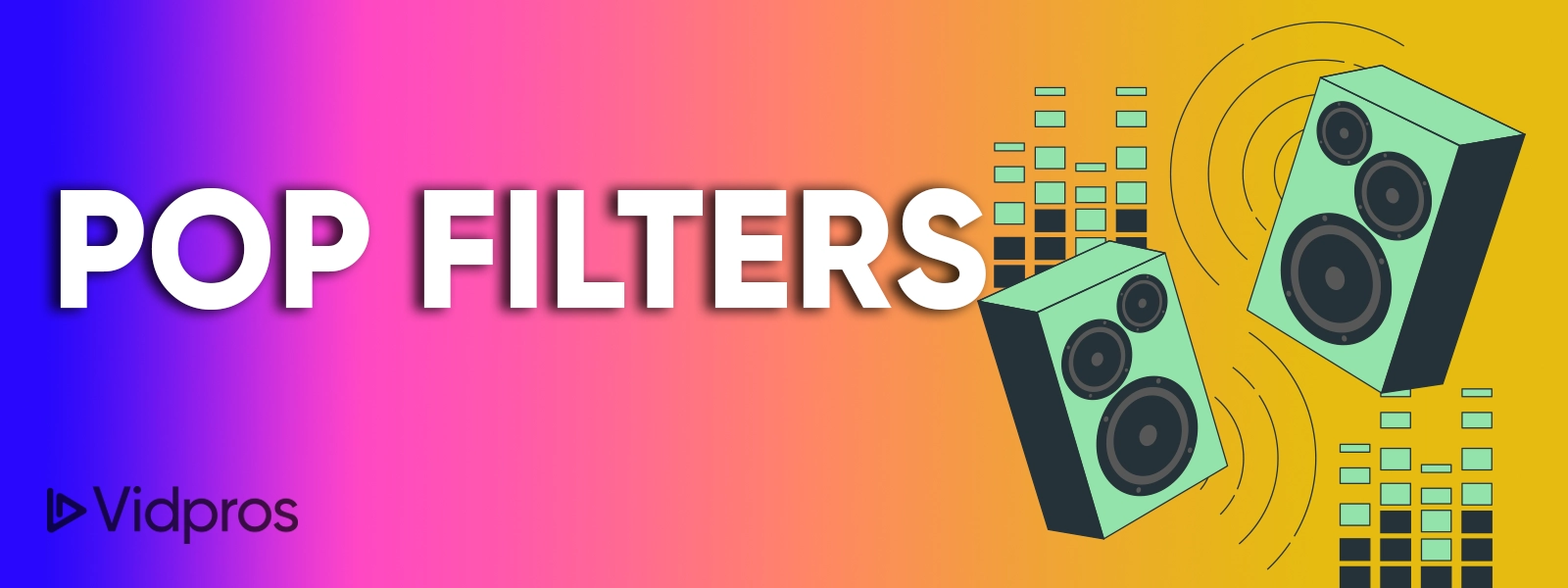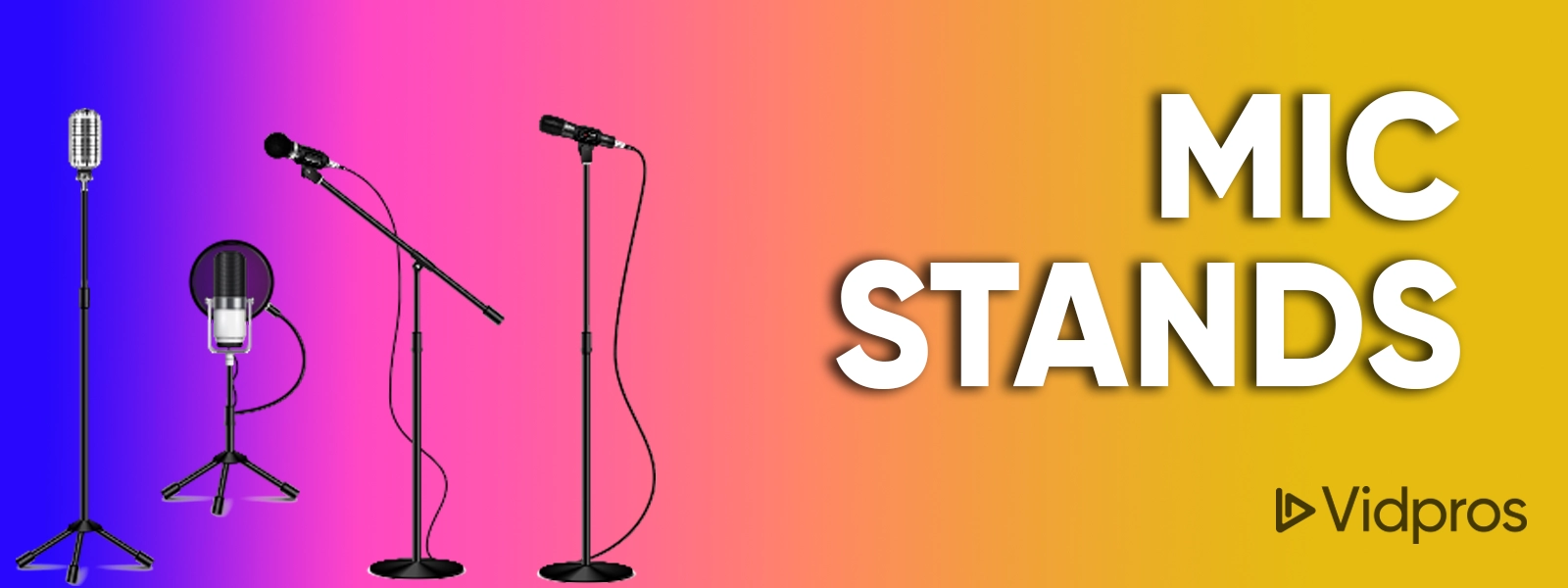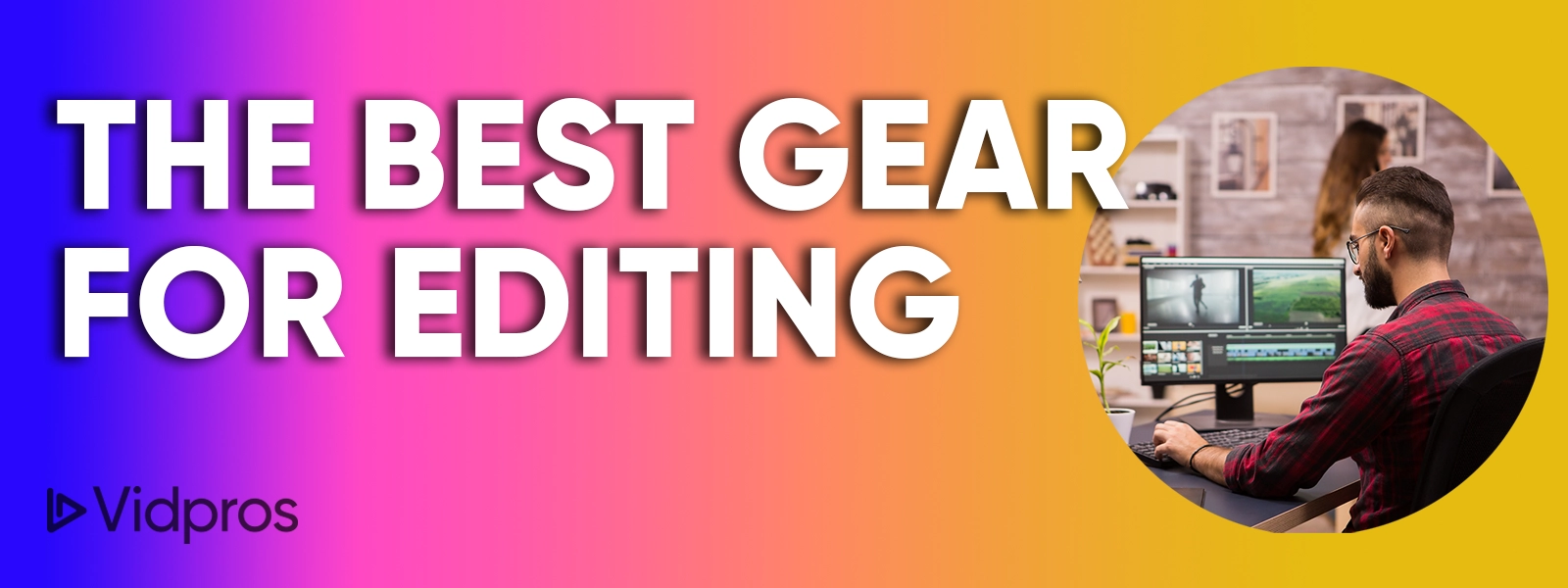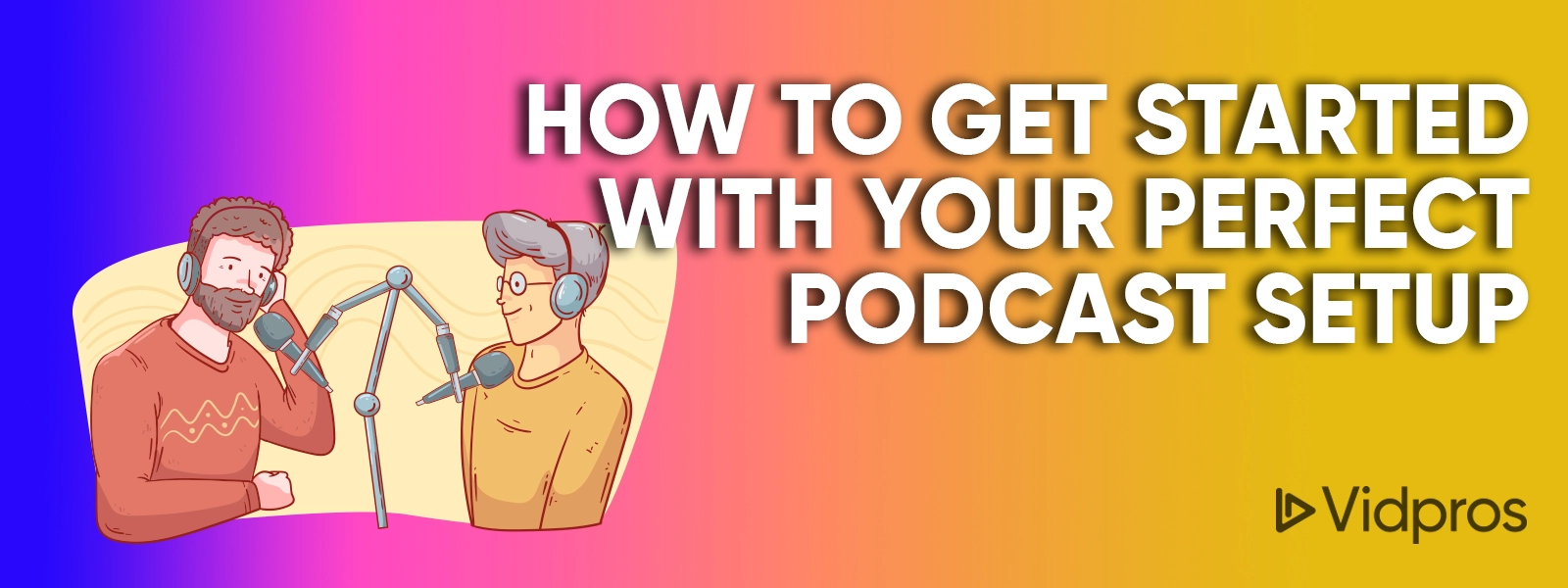In today’s digital age, podcasts have become an increasingly popular medium for communication and entertainment. Whether you’re a seasoned professional or just starting out, having the right gear is essential for producing high-quality audio. From microphones to software, there are many different pieces of equipment to consider when creating your perfect podcast setup. In this guide, we will provide you with a comprehensive overview of the best gear for recording and editing your podcast to help you achieve professional-sounding audio.
The Best Gear For Recording
Microphones
A good podcast microphone is the most important piece of gear of podcasting equipment you use to record your podcasts. There are several types of microphones to consider, including dynamic, condenser, and USB microphones. Dynamic microphones are great for recording in noisy environments, while condenser microphones are more sensitive and offer higher-quality audio. USB microphones are convenient for recording directly into a computer without the need for additional equipment.
Some popular microphones for podcasting include the Shure SM7B, Audio-Technica AT2035, and Blue Yeti.
Audio Interfaces
An audio interface is a device that connects your microphone to your computer or other recording equipment. It converts the analog signal from your microphone into a digital signal that can be recorded on your computer. Audio interfaces can also provide additional features such as phantom power for condenser microphones and headphone jacks for monitoring your audio.
Some popular audio interfaces for podcasting include the Focusrite Scarlett 2i2, PreSonus AudioBox, and Behringer U-Phoria UM2.
Headphones
Headphones are important to monitor your audio while recording and editing your podcast. Closed-back headphones are recommended for podcasting as they block out external noise and prevent audio bleed from the headphones into the microphone.
Some popular headphones for podcasting include the Sony MDR-7506, Audio-Technica ATH-M50x, and Sennheiser HD280 Pro.
Pop Filters
Pop filters are a simple and affordable accessory that can improve the quality of your audio by reducing plosives or popping sounds caused by strong bursts of air hitting the microphone. Pop filters are placed between the microphone and the speaker’s mouth and can be made of foam, nylon, or metal mesh.
Some popular pop filters for podcasting include the Stedman Proscreen XL, Neewer NW(B-3), and On-Stage ASVS6-B.
Mic Stands
A microphone stand is essential for keeping your microphone stable and in the correct position during recording. Desktop stands, floor stands, and boom arms are all options to consider depending on your recording setup.
Some popular mic stands for podcasting include the Rode PSA1 Swivel Mount Studio Microphone Boom Arm, Samson MBA38 Microphone Boom Arm, and On-Stage DS7200B Adjustable Desk Microphone Stand.
The Best Gear For Editing
Computer
A reliable computer with sufficient processing power and memory is essential for podcast editing. Look for a computer with a fast processor, at least 8GB of RAM, and plenty of storage space for your audio files.
Some popular options for podcast editing include Apple MacBook Pro, Dell XPS 13, and HP Spectre x360.
Digital Audio Workstation (DAW) Software
A DAW is a software program you use to record, edit, and mix audio. There are many options available, both free and paid, such as Audacity, Adobe Audition, and Logic Pro X.
Look for a DAW that offers you editing features such as noise reduction, equalization, compression, and the ability to add effects such as reverb and delay.
Audio Plugins
Audio plugins are software tools that enhance the capabilities of your DAW by providing additional features and effects. There are many plugins available, both free and paid, such as Waves, iZotope, and FabFilter.
Look for plugins that offer features such as noise reduction, EQ, and compression.
Studio Monitors
Studio monitors are high-quality speakers designed for accurate and detailed sound reproduction. They are essential for fine-tuning your audio and ensuring it sounds great on a variety of playback systems.
Some popular studio monitors for podcast editing include the KRK Rokit 5, JBL Professional 305P MkII, and Yamaha HS5.
Audio Interface
An audio interface is a device that connects your computer to your audio equipment, such as microphones and studio monitors. It converts analog audio signals into digital signals that can be processed by your computer.
Some popular audio interfaces for podcast editing include the Focusrite Scarlett 2i2, PreSonus AudioBox USB, and Behringer U-Phoria UM2.
How To Get Started With Your Perfect Podcast Setup
Podcasting has become a popular form of entertainment and communication, and creating a podcast setup that suits your needs is essential for producing high-quality content. Here’s a step-by-step guide on how to get started with your perfect podcast setup:
Define your podcast concept
Before diving into the technical aspects of setting up your podcast, it’s important to define your podcast concept. Determine your target audience, your topic, and your unique angle or perspective. Research your competitors and develop a plan for how you will stand out and attract listeners.
Choose your equipment
Choosing the right equipment is crucial for recording high-quality audio. You will need a good-quality microphone, an audio interface, headphones, and recording software. Look for equipment that suits your budget and needs, and make sure to invest in high-quality gear that will last.
Create a recording space
Create a dedicated space for recording your podcast. Choose a quiet room with minimal ambient noise, and decorate it to create a comfortable and inspiring environment. Use acoustic treatments such as foam or curtains to reduce echo and improve the sound quality of your recordings.
Set up your equipment
Set up your microphone, audio interface, and headphones according to the manufacturer’s instructions. Make sure your recording software is installed and configured correctly. Test your equipment and adjust your settings to achieve the desired sound quality.
Develop your show format
Develop a format for your podcast, including the length of each episode, the segments or features you will include, and the order in which they will appear. Practice your delivery and timing, and make sure to stick to a consistent schedule to build a loyal audience.
Record and edit your podcast
Once you’ve set up your equipment and developed your format, start recording your podcast. Use your recording software to capture your audio. Edit your episodes to improve the flow and eliminate any errors or unwanted noises. Add music and sound effects to enhance your production value and make your podcast more engaging.
Publish and promote your podcast
Once you’ve recorded and edited your podcast, it’s time to publish it and promote it to your audience. Choose a podcast hosting platform, such as Spotify, Libsyn, or Buzzsprout, and upload your episodes. Create a website and social media accounts to promote your podcast, and consider collaborating with other podcasters to increase your reach.
How To Edit Your Podcasts
Editing your video podcast involves several steps, including removing unwanted sections, enhancing audio quality, and adding intro/outro music and sound effects. Here is a step-by-step guide on how to edit a podcast:
- Import and Review Raw Audio: Import the raw audio into your editing software and listen through the entire recording to identify any sections that need to be removed, edited, or enhanced.
- Remove Unwanted Sections: Use the editing software’s cutting tools to remove unwanted sections, such as long pauses, ums and ahs, or irrelevant tangents.
- Enhance Audio Quality: Use tools such as EQ, compression, and noise reduction to improve the audio quality and remove any background noise.
- Add Intro/Outro Music and Sound Effects: Add intro and outro music to create a professional-sounding podcast. You can also add sound effects to enhance the listening experience and create a more engaging podcast.
- Level Audio: Adjust the audio levels to ensure that the volume is consistent throughout the podcast.
- Edit Transitions: Use crossfades or other transitions to smooth out any abrupt cuts between segments or speakers.
- Export the Final Audio: Export the edited audio to the desired format and bit rate, such as MP3 or WAV, ready for distribution on your chosen podcast platform.
- Review and Publish: Listen through the edited audio one last time to ensure that everything sounds good and publish the podcast to your chosen platform.
Editing a podcast can be time-consuming, but it’s an essential part of creating a high-quality podcast that listeners will enjoy. By following these steps, you can edit your podcast like a professional and create engaging and compelling audio content.
Different Podcast Platforms
There are several podcast platforms available, ranging from popular mainstream platforms to smaller, more niche platforms. Here are some of the most popular podcast platforms:
- Apple Podcasts: Apple Podcasts is one of the most popular podcast platforms, with a massive library of podcasts available. It is integrated with Apple’s ecosystem, making it easy to access and listen to podcasts on Apple devices.
- Spotify: Spotify is a popular music streaming platform that has recently expanded into podcasting. It offers a vast library of podcasts and is known for its personalized recommendations and playlists.
- Google Podcasts: Google Podcasts is a relatively new platform from Google that integrates with Google Assistant and Google Home devices. It offers a user-friendly interface and personalized recommendations.
- Stitcher: Stitcher is a popular podcast platform known for its curation and original content. It offers a premium subscription service that provides ad-free listening and access to exclusive content.
- Podbean: Podbean is a podcast hosting and distribution platform that offers a range of tools and features for podcasters, including analytics, monetization options, and custom branding.
- SoundCloud: SoundCloud is a music streaming platform that also offers podcast hosting and distribution. It is known for its social features, allowing users to comment on and share podcasts.
- iHeartRadio: iHeartRadio is a podcast and music streaming platform that offers a range of podcasts, including original content and live radio shows.
These are just a few examples of the many podcast platforms available. Each platform has its strengths and weaknesses, and podcasters should consider their goals and target audience when choosing a platform to host and distribute their podcasts.
Creating the perfect podcast setup requires careful consideration of the equipment and software you will need to produce high-quality audio. In this guide, we have provided you with a comprehensive overview of the best gear for recording and editing your podcast. From microphones to digital audio workstations, there are many different pieces of equipment to consider when setting up your podcast. By investing in high-quality gear, you can produce professional-sounding audio that will help you achieve your goals and connect with your audience. With the right mindset and tools, you can create a successful podcast that will help you achieve your goals and reach your audience.
If you’re struggling to edit your podcast videos, or you simply don’t have the time or expertise to do so, consider using our professional podcast video editing service. Our team of experienced video editors can help transform your raw footage into polished, engaging, and professional-looking videos that effectively communicate your message.
Here are some reasons why you should consider using our professional podcast video editing service:
- Quality: Our team of video editors has years of experience and the technical expertise needed to produce high-quality videos that will make your podcast stand out.
- Time-Saving: Editing a podcast video can be a time-consuming process, but our team can handle the entire editing process for you, freeing up your time to focus on other critical aspects of your podcast.
- Customization: We can customize the video editing process to match your specific needs, including adding music, sound effects, captions, and other visual elements to enhance your videos’ overall impact.
- Affordable: Our professional podcast video editing service is an affordable option, allowing you to get high-quality videos without breaking the bank.
- Quick Turnaround: We pride ourselves on providing a fast turnaround time, ensuring that you get your edited videos in a timely manner.
By using our professional podcast video editing service, you can be confident that your podcast videos will be high-quality, engaging, and professional-looking. Contact us today to learn more about our services and how we can help take your podcast to the next level.

